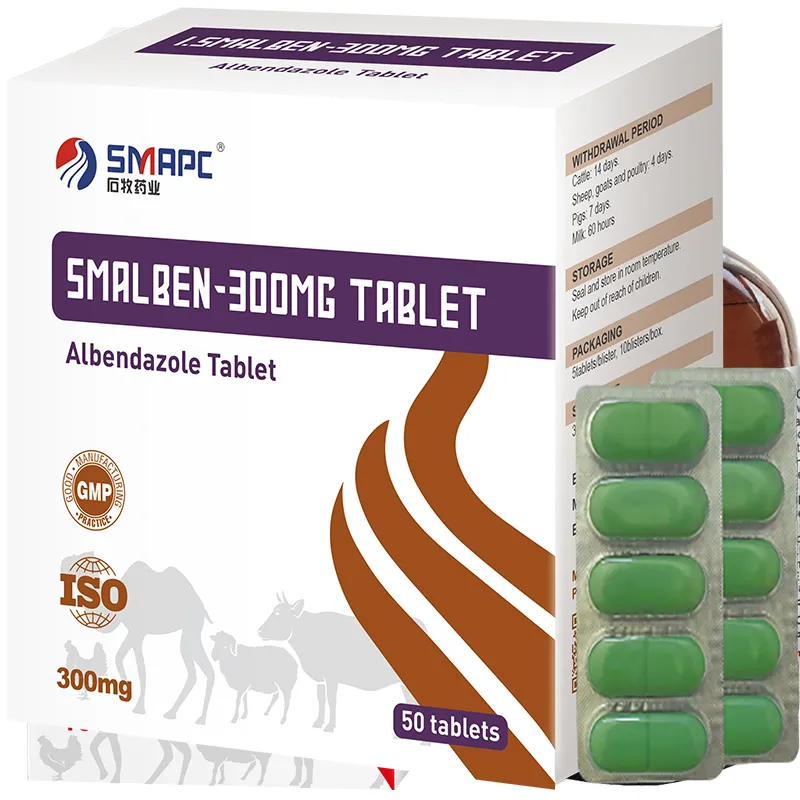5. Environmental Factors Stress from overcrowding, poor ventilation, extreme temperatures, and inadequate sanitation can compromise the immune system of chickens, making them more susceptible to gastrointestinal issues.


